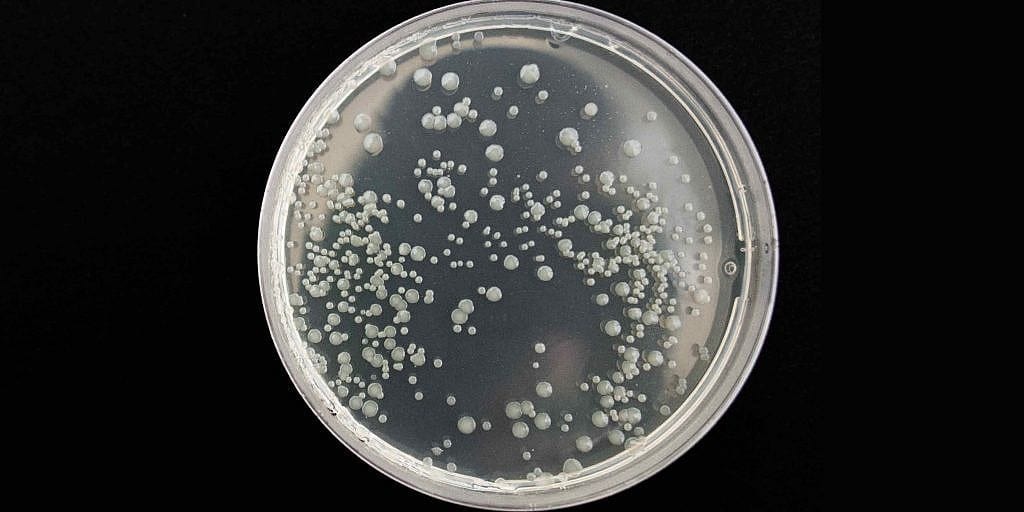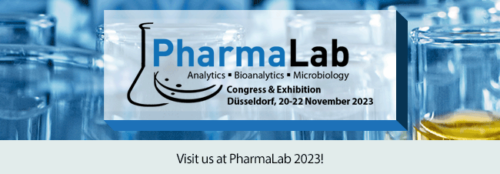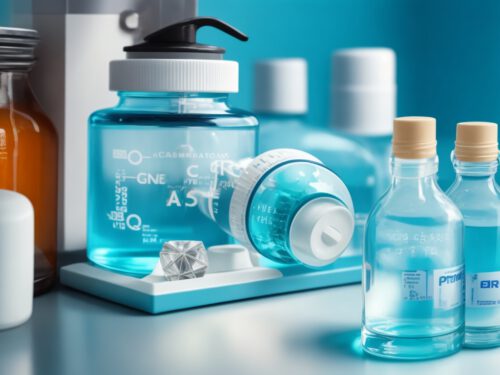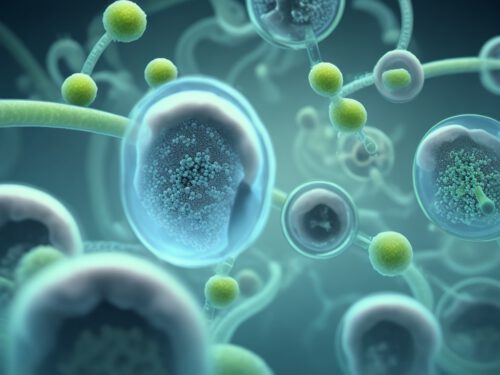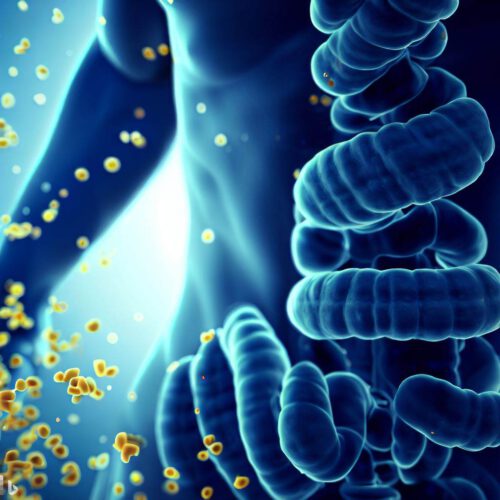Introduction
Endotoxin testing is a crucial step in research and product development across various industries, including pharmaceutical and biotechnology. In this blog post, we will delve into the significance of endotoxin testing, highlighting why it is indispensable in ensuring product quality and the safety of patients. Additionally, we will discuss different methods of endotoxin testing and how they can be implemented in your laboratory or production environment.
Why is Endotoxin Testing Important?
Endotoxin testing plays a central role in assessing the safety of medications, medical devices, and biological products. Endotoxins, also known as lipopolysaccharides (LPS), are potentially harmful components found in the cell walls of Gram-negative bacteria. Their presence can lead to severe immunological reactions and inflammatory processes. Therefore, it is crucial to detect and quantify endotoxins in products to ensure safety and efficacy.
Methods of Endotoxin Testing
There are various methods to test for endotoxins, including the gel-clot method, chromogenic method, and turbidimetric method. The gel-clot method relies on the clotting property of endotoxins, while the chromogenic method and turbidimetric method are based on the interaction of endotoxins with specific reagents. Each method has its advantages and disadvantages, and the choice of the appropriate method depends on specific requirements and intended use.
Benefits of Endotoxin Testing
Conducting thorough endotoxin testing offers numerous benefits. Firstly, it enables the early detection of potentially hazardous contaminations in pharmaceutical products, medical devices, or biological substances, allowing corrective actions to enhance product quality and minimize the risk of adverse reactions in patients. Secondly, endotoxin testing supports compliance with regulatory requirements and quality standards, including Good Manufacturing Practice (GMP) and FDA guidelines.
Conclusion
Endotoxin testing is an indispensable step in product development and manufacturing across various industries. It ensures patient safety, supports compliance with quality standards, and contributes to improving product quality. By detecting and quantifying potentially harmful endotoxins early on, companies can take measures to eliminate contaminants and minimize unwanted reactions. Integrating endotoxin testing into your research and production processes instills consumer confidence, meets regulatory requirements, and ultimately ensures the safety and efficacy of your products.
Links and Ressourcen on Endotoxin Testing
- Minerva Analytix GmbH: Endotoxin Testing under GMP conditions
- Role of Endotoxins
- Structure of Lipopolysaccharide Endotoxins
- US Pharmacopeia (USP)
- European Pharmacopoeia (Ph. Eur.)
- U.S. Food and Drug Administration (FDA)
- Pharmaceutical Microbiology Resources
- Association of Analytical Communities (AOAC)

